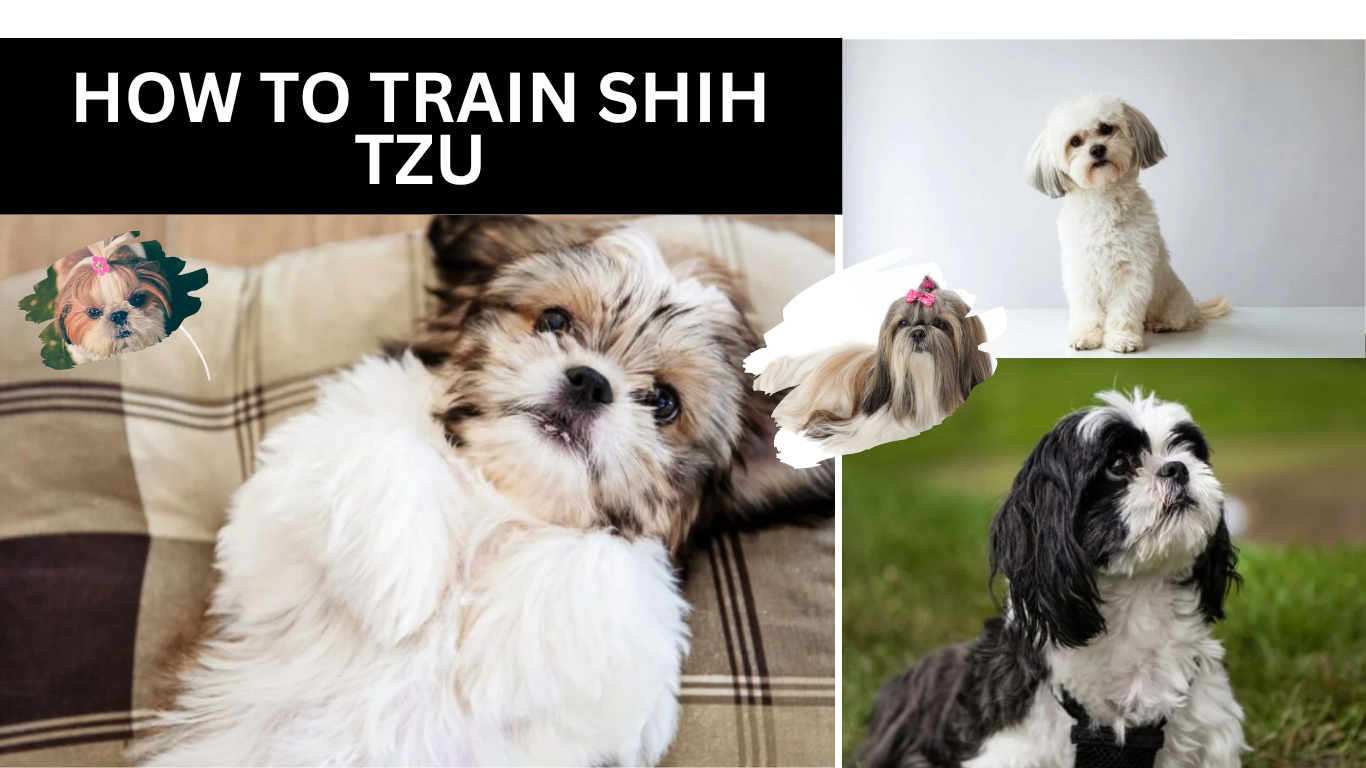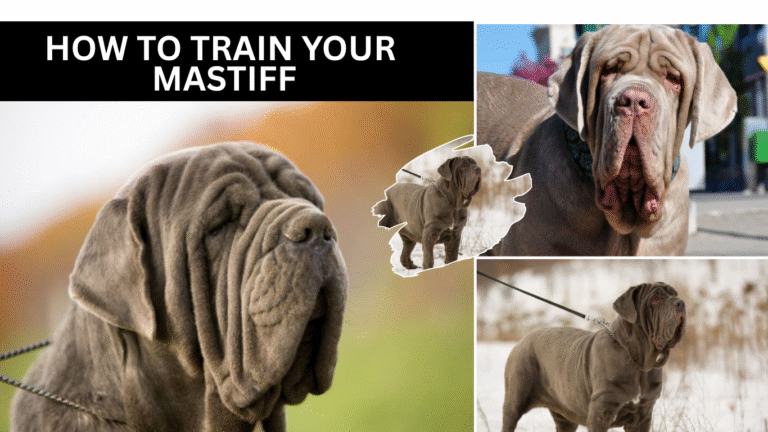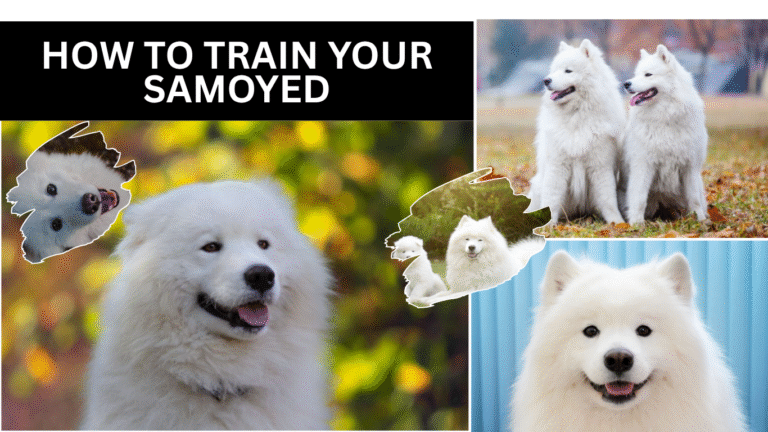How to Train Shih Tzu | 10 Tips for Shih Tzu Owners
Shih Tzus are small, loving dogs that can sometimes be a little stubborn. This guide shares easy steps to help you train them the right way — from basic commands and house training to grooming and showing love. With simple routines, gentle teaching, and patience, your Shih Tzu will grow into a well-behaved and happy pet.
1. Start Training Early

Start teaching your Shih Tzu right after you bring them home. Puppies learn fast when they are young, so short and fun lessons work best. Use treats, gentle praise, and a happy tone to help them understand what you want. Make sure everyone at home teaches them the same way so your dog doesn’t get confused.
2. Socialization is Essential

It’s important to help your Shih Tzu meet new people, animals, and see new places while they are still a puppy. This helps them grow into friendly and calm dogs. Take them for walks, to parks, or even short trips so they get used to different things. Always keep it positive and make sure they feel safe.
3. Crate Training
A crate can be your Shih Tzu’s cozy little space where they feel safe. Make it comfy with a soft bed, toys, and treats so they enjoy being inside. Never use the crate as a punishment. It also helps with house training and makes traveling with your dog easier.
4. House Training

House training takes time, but it’s easier if you stick to a routine. Take your Shih Tzu outside often, especially after eating or waking up. When they go in the right place, give lots of praise and maybe a small treat. If they have an accident, stay calm and clean it up — they’ll learn with patience.
5. Leash Training

Even though they’re small, Shih Tzus can pull on the leash if not trained early. Let them wear a collar and leash around the house first so they get used to it. Reward them for walking beside you and stop when they pull ahead. Keep walks short at first, and with time, they’ll learn to walk nicely.
6. Teach Boundaries and Limits

Teaching your Shih Tzu house rules helps them know what’s okay and what’s not. Use easy commands like “no,” “off,” or “leave it.” Be clear and stay consistent so they don’t get mixed signals. Praise them when they listen and follow the rules — it makes them want to do better.
7. Address Behavioral Issues Early

If your Shih Tzu starts barking too much or chewing things, try to fix it early. Find out what’s causing it — maybe they’re bored, scared, or just want attention. Give them toys or fun activities to keep them busy. Stay calm and reward good behavior instead of punishing bad ones.
8. Mental Stimulation

Your Shih Tzu needs games that make them think, not just exercise. Use puzzle toys, short training games, or hide treats for them to find. Teaching them new tricks also keeps their mind sharp. Changing toys often keeps them interested and happy.
Also Check Other Dog Breeds Training & Care | Tips
For More Breeds, click the button given below
9. Grooming and Handling Training
Shih Tzus need regular brushing and grooming to keep their coats clean and soft. Start when they are young so they get used to being touched and brushed. Use gentle strokes and treats to make it fun for them. Regular grooming keeps them looking nice and prevents knots or skin problems.
10. Love and Affection
Your Shih Tzu needs love as much as they need training. Spend time cuddling, playing, and talking to them in a kind voice. When they feel loved, they listen better and behave well. Show them they are part of your family every single day.
Conclusion of Train Shih Tzu
Training your Shih Tzu takes time, patience, and love. If you start early and stay positive, your dog will learn quickly and behave well. Each Shih Tzu has its own personality, so be gentle and consistent. With care and attention, your little friend will grow into a happy, well-behaved companion.










